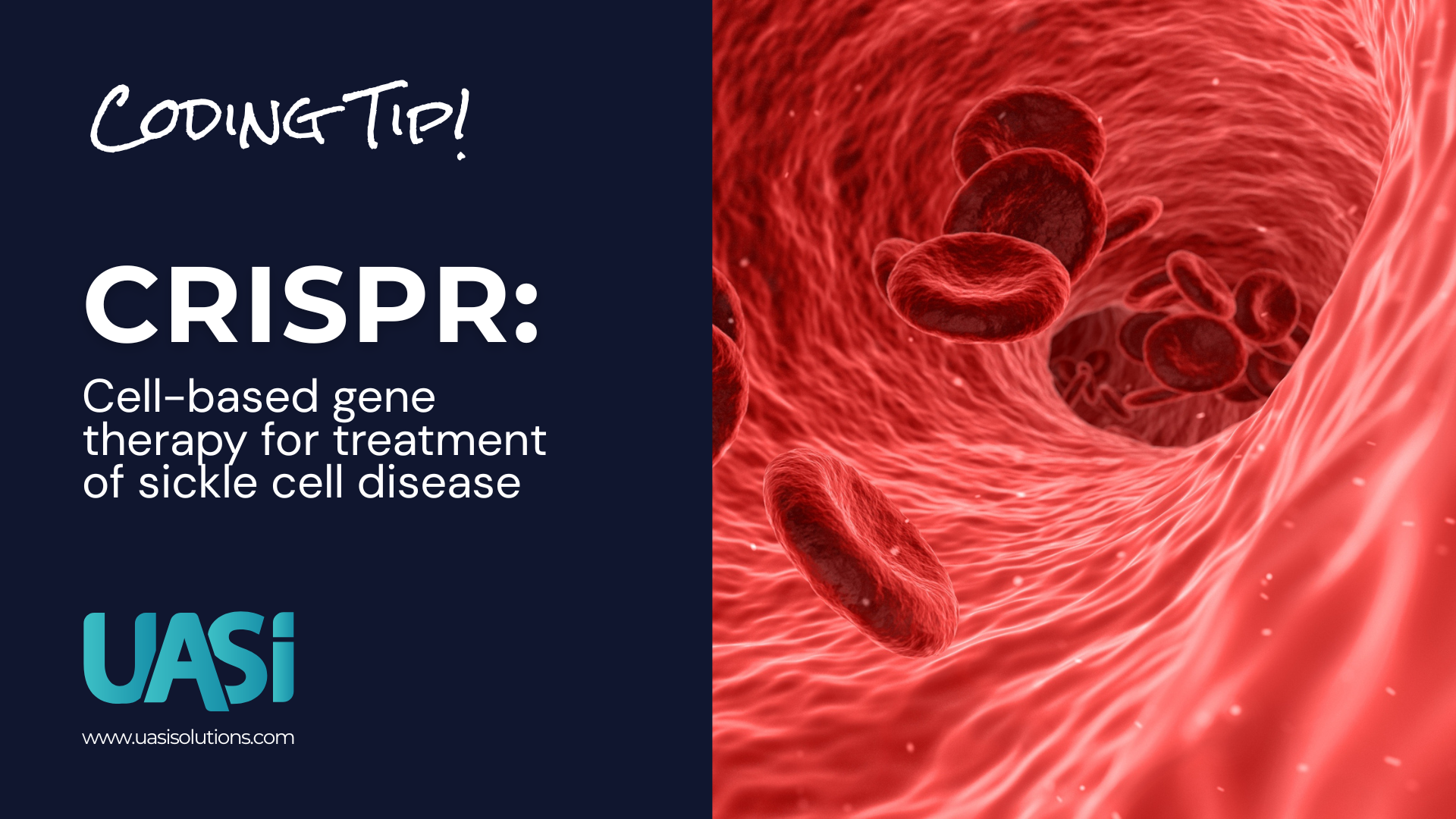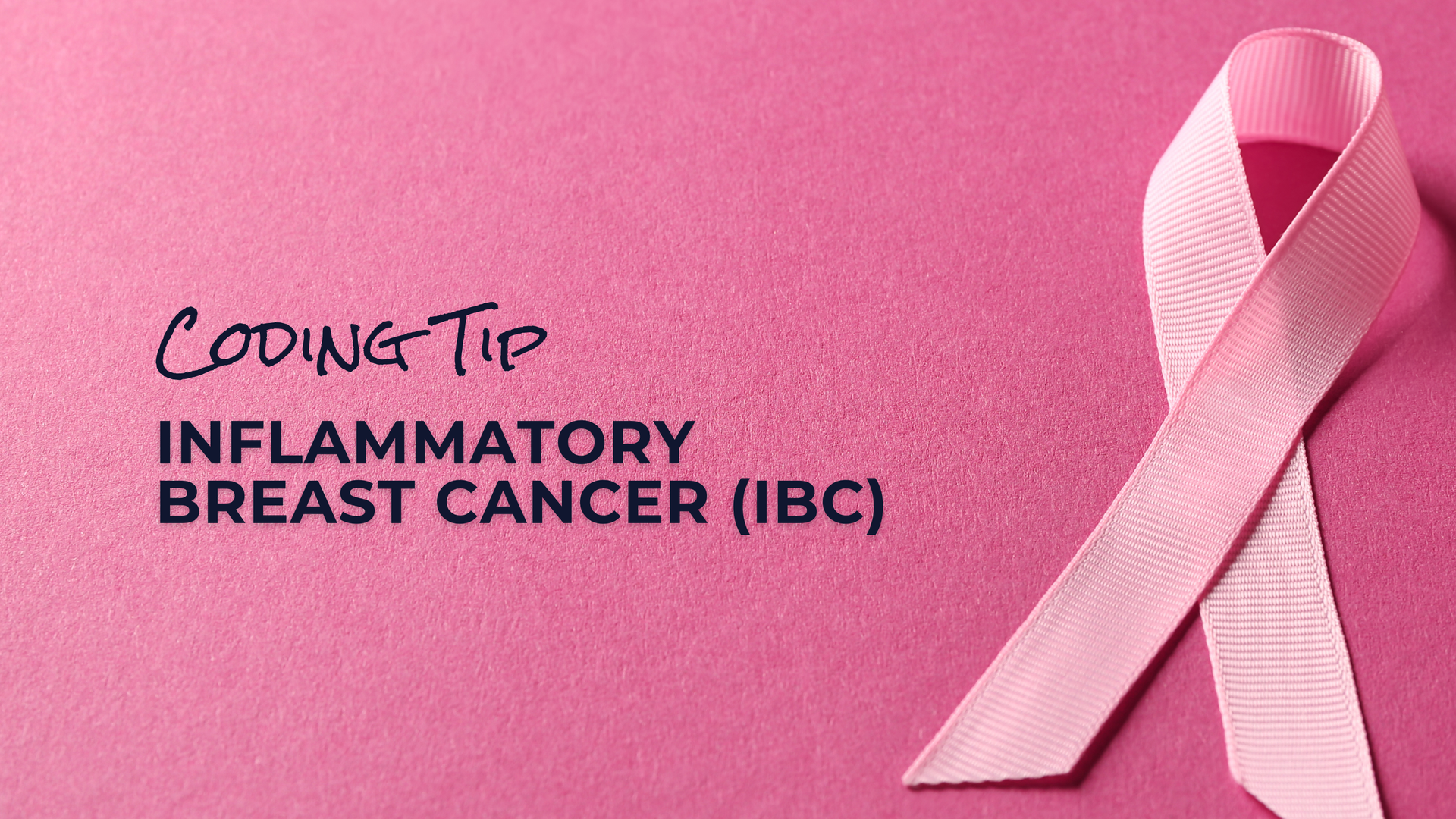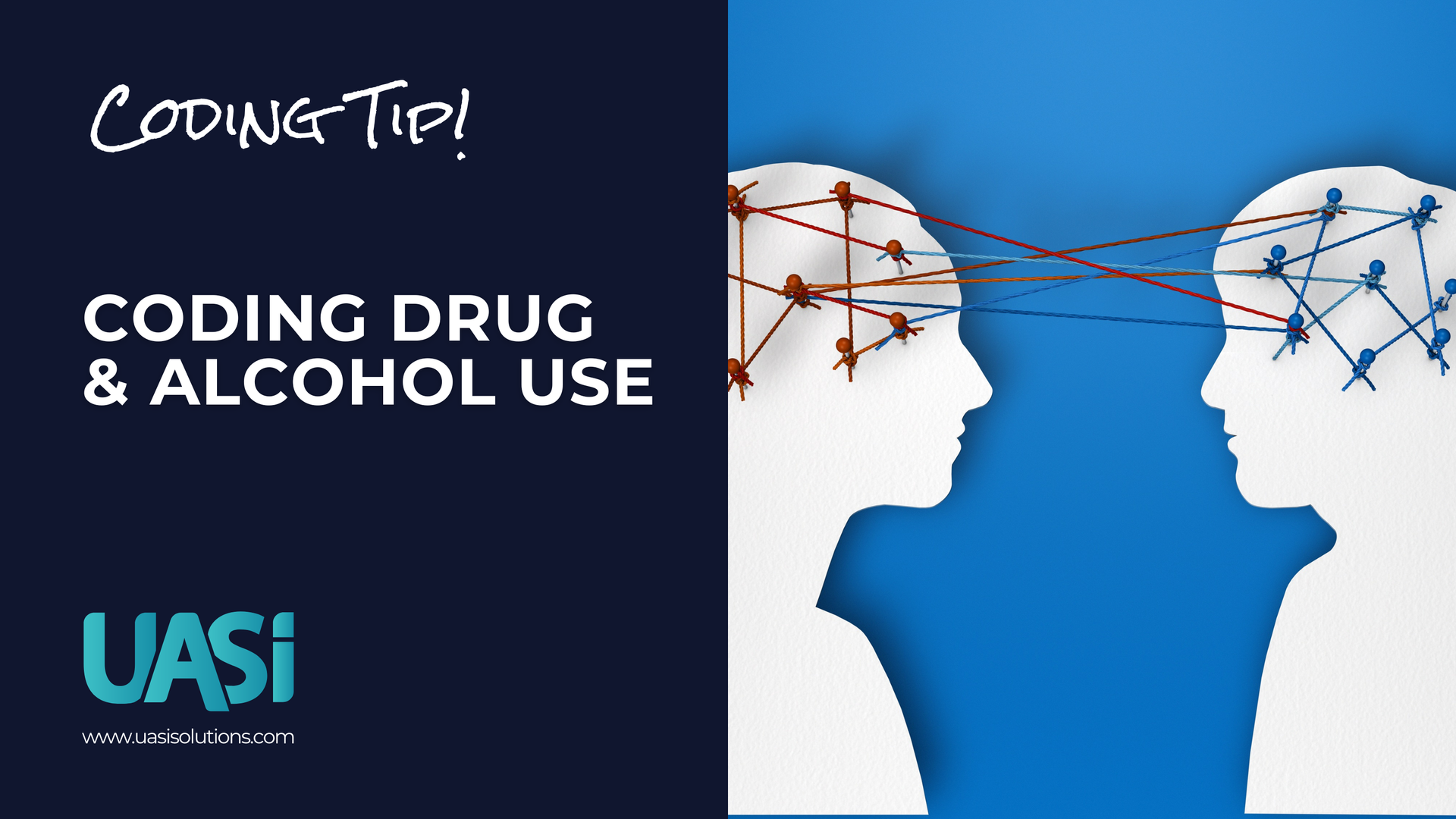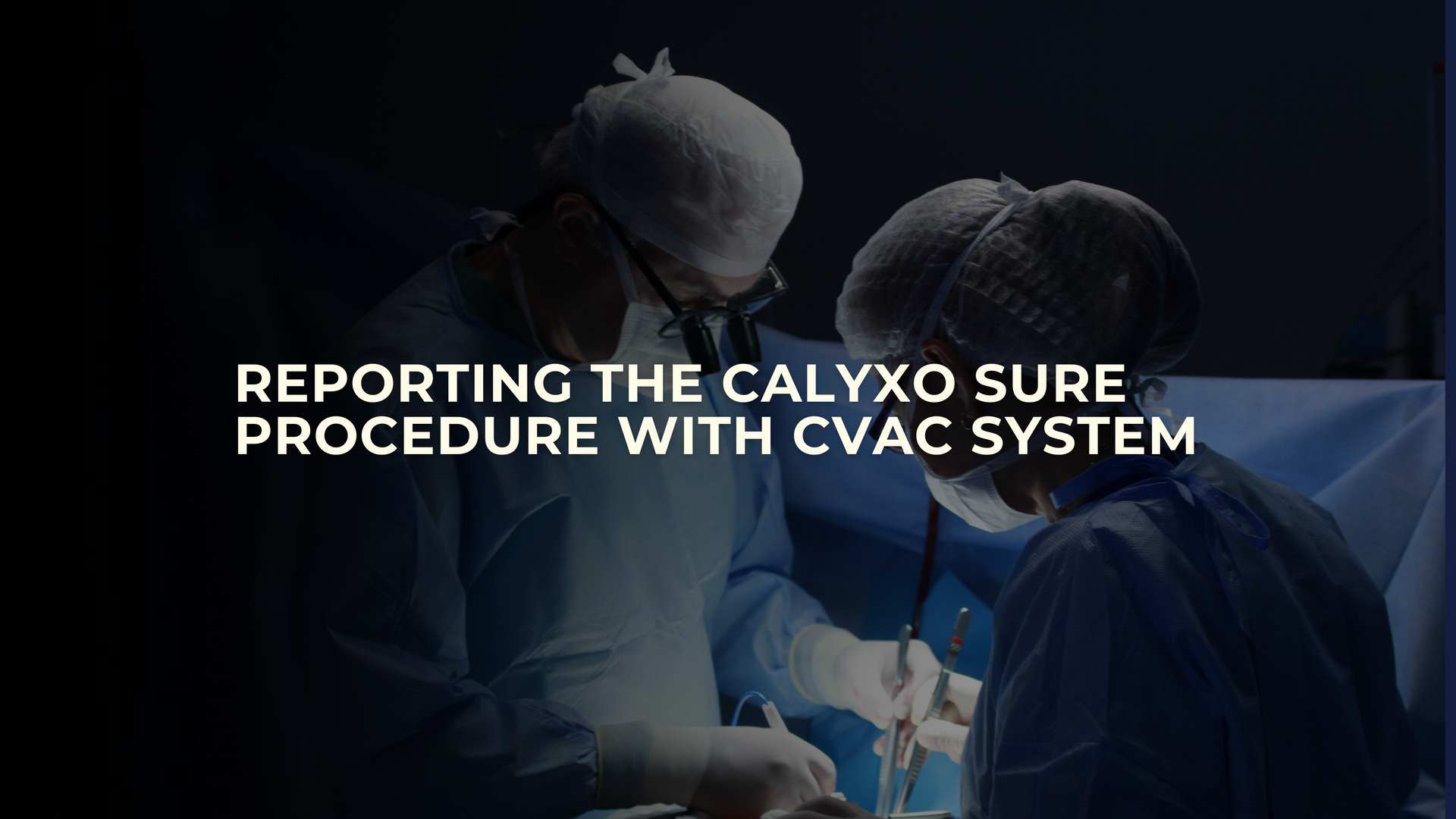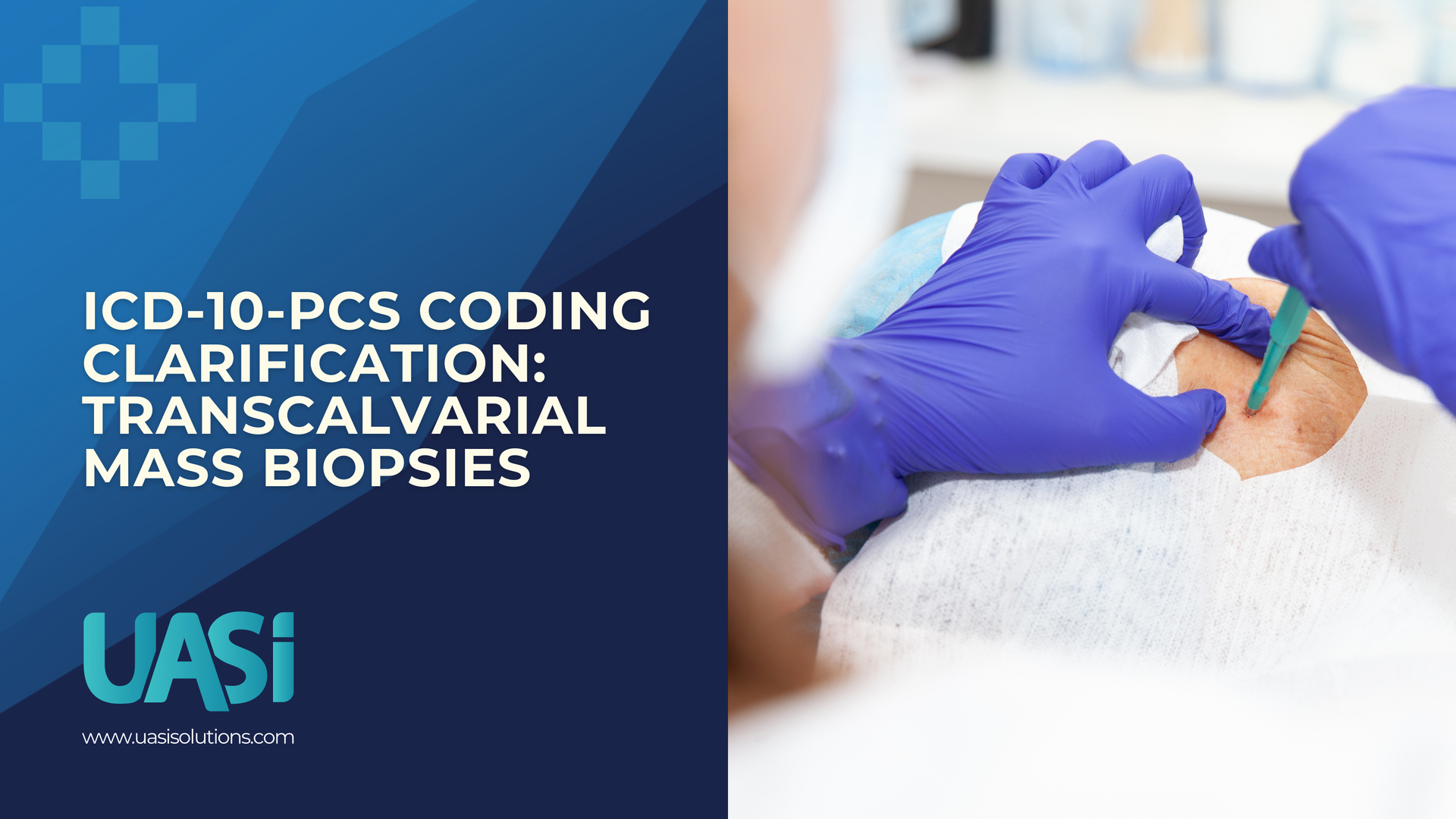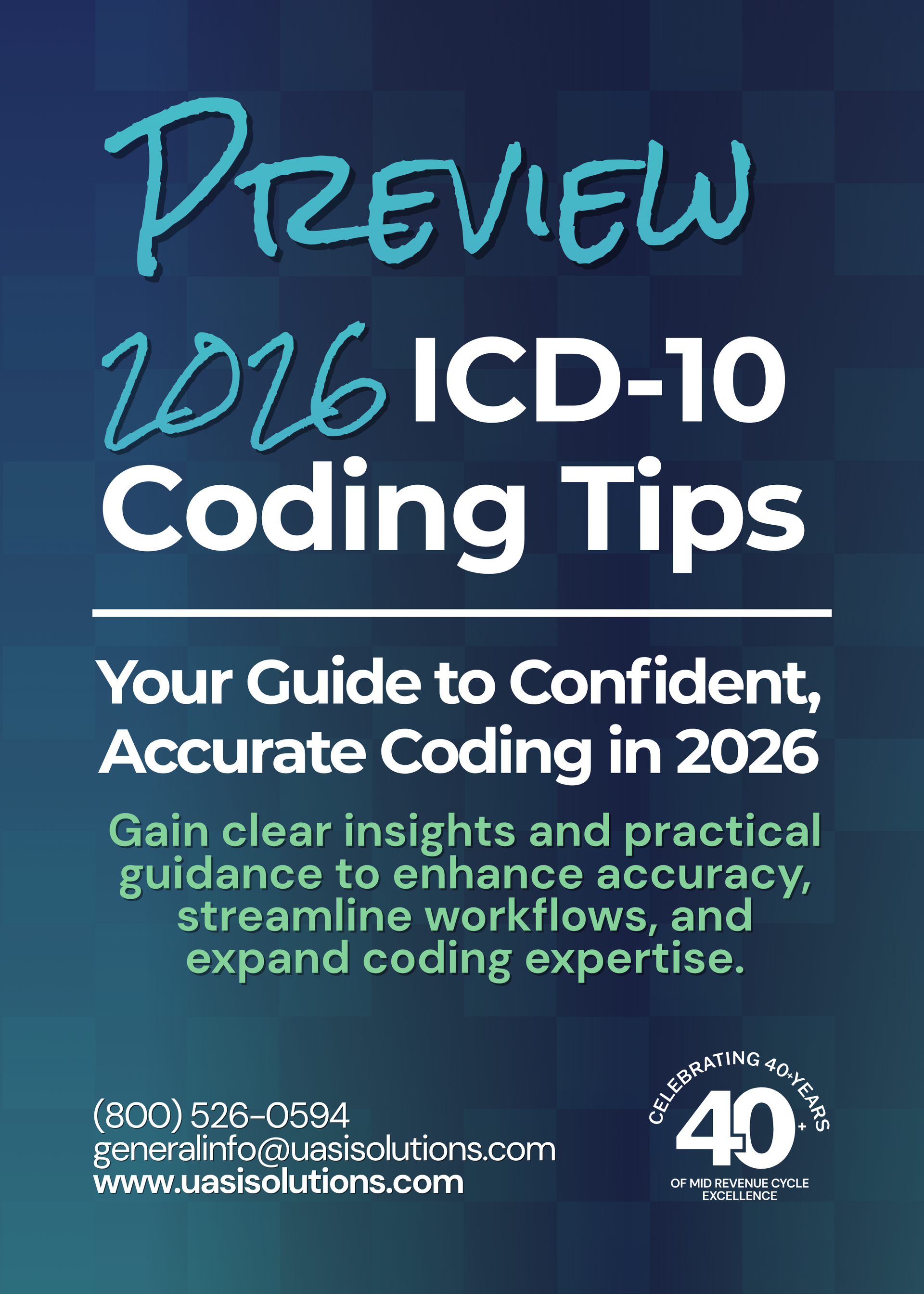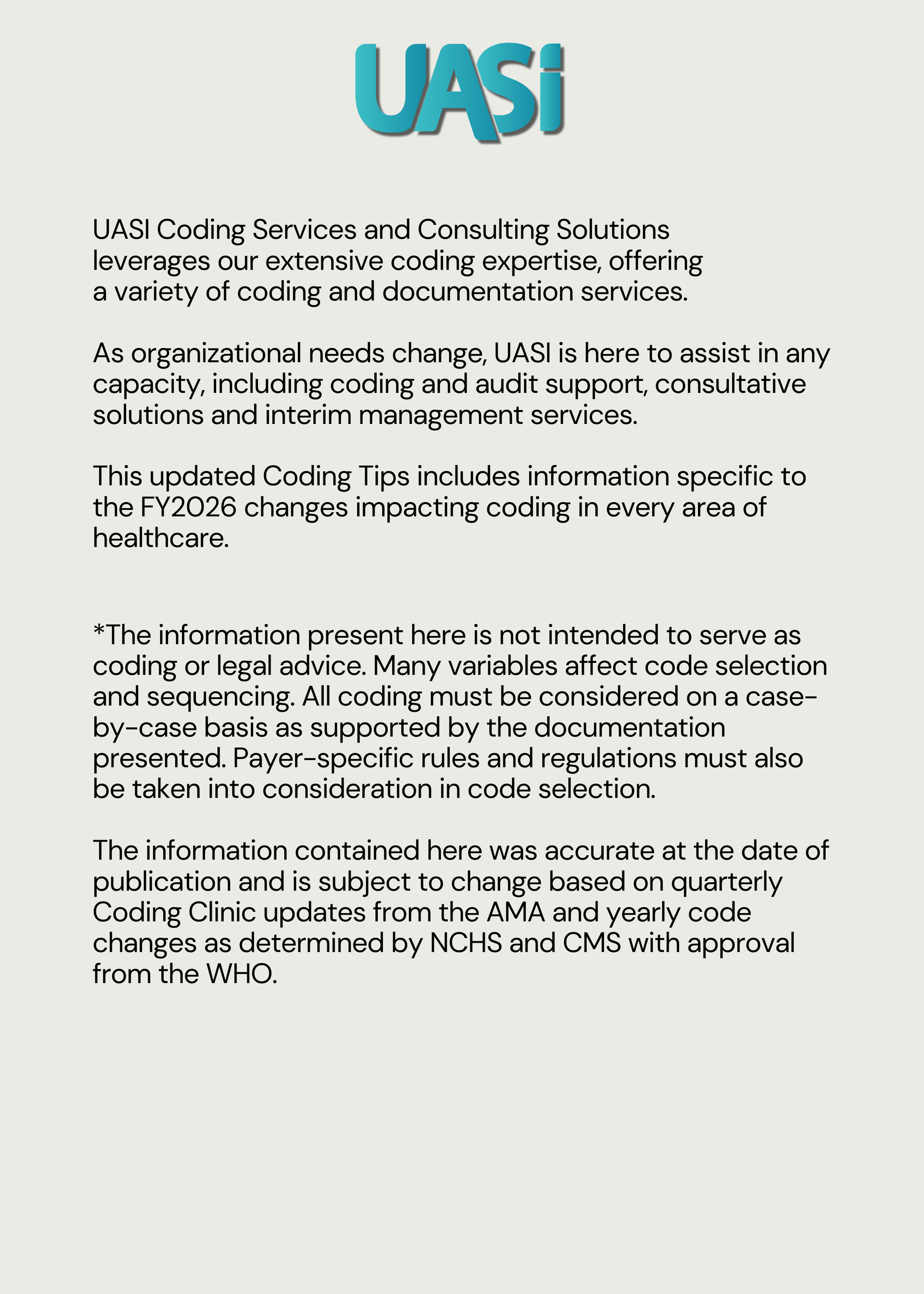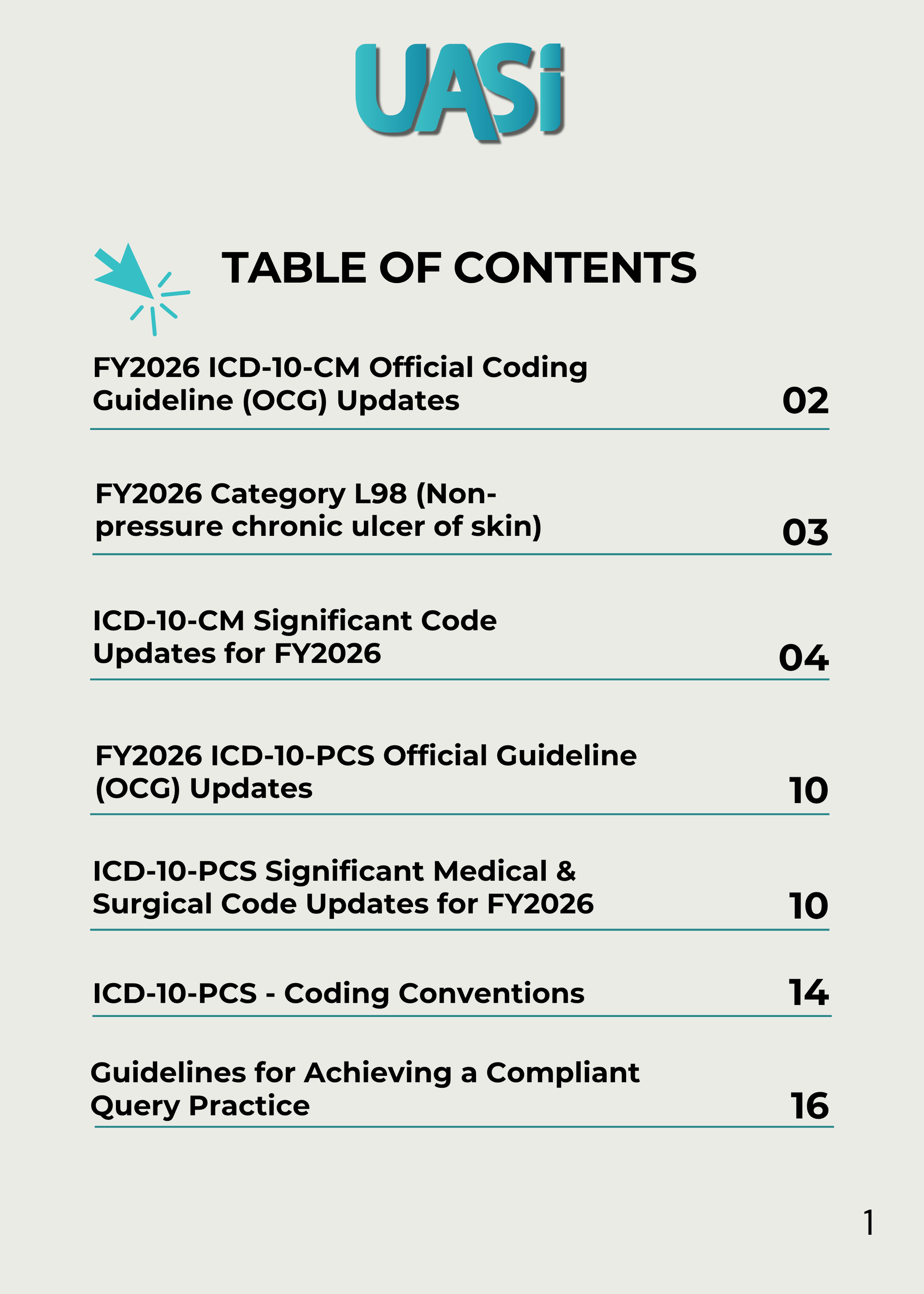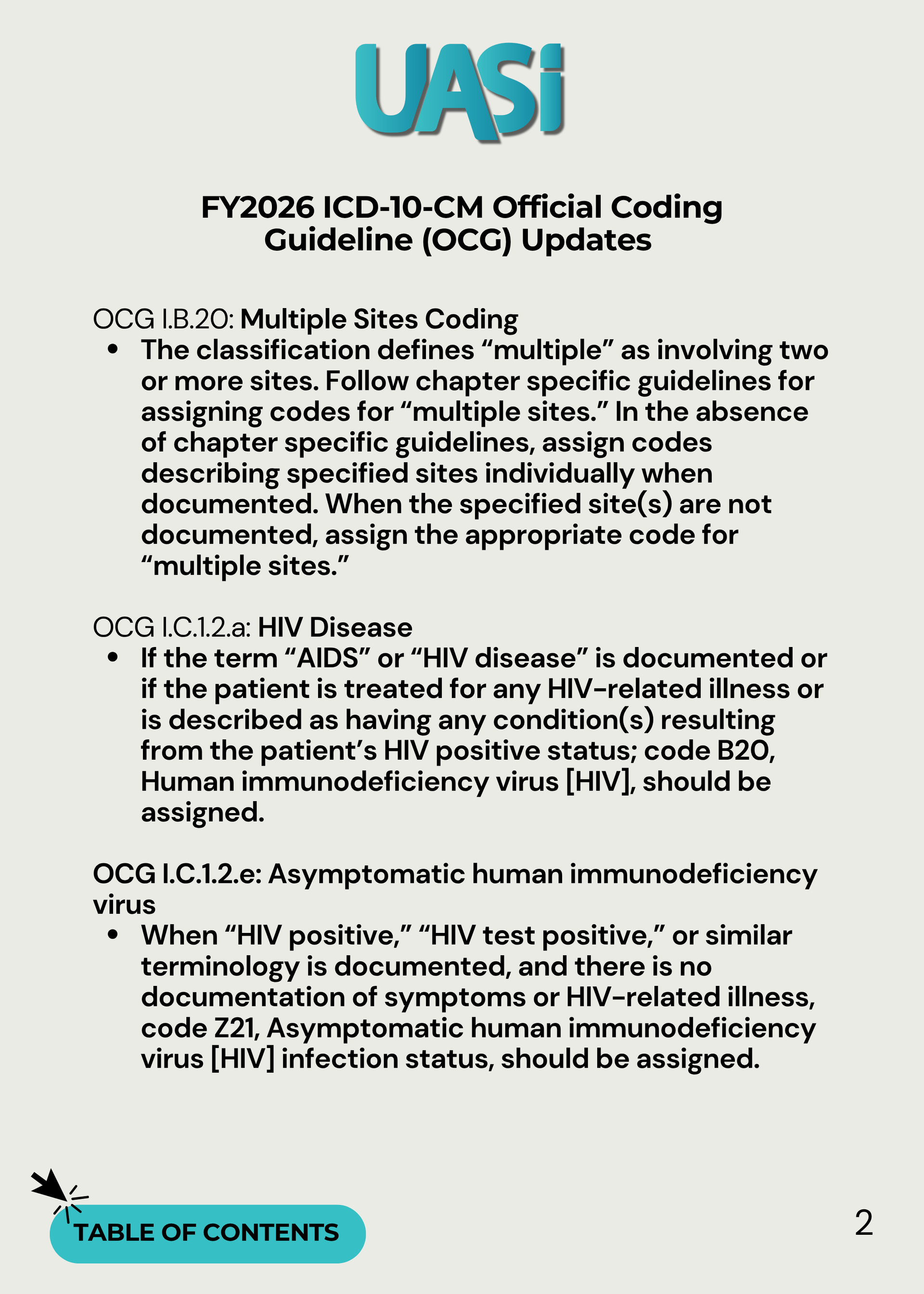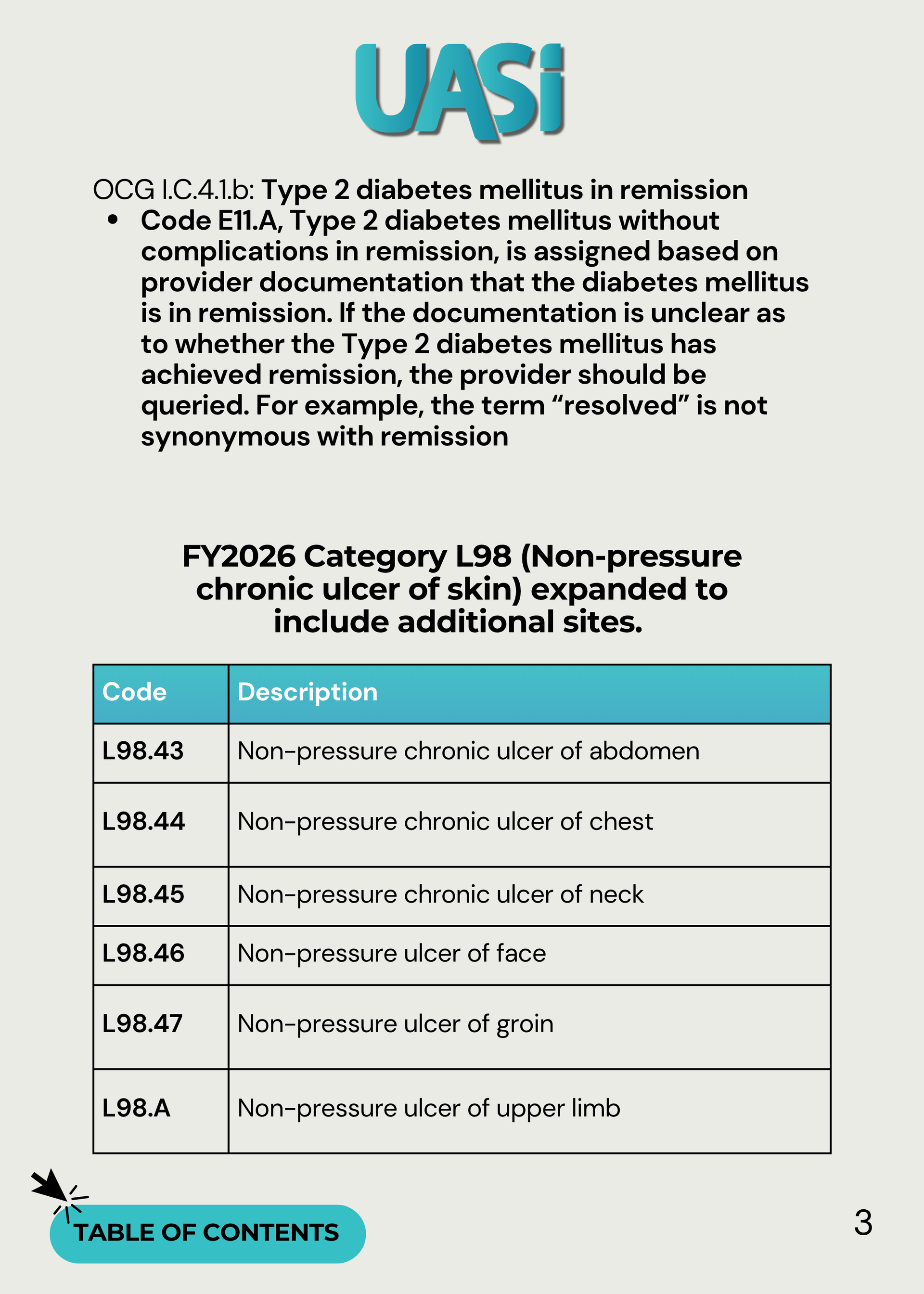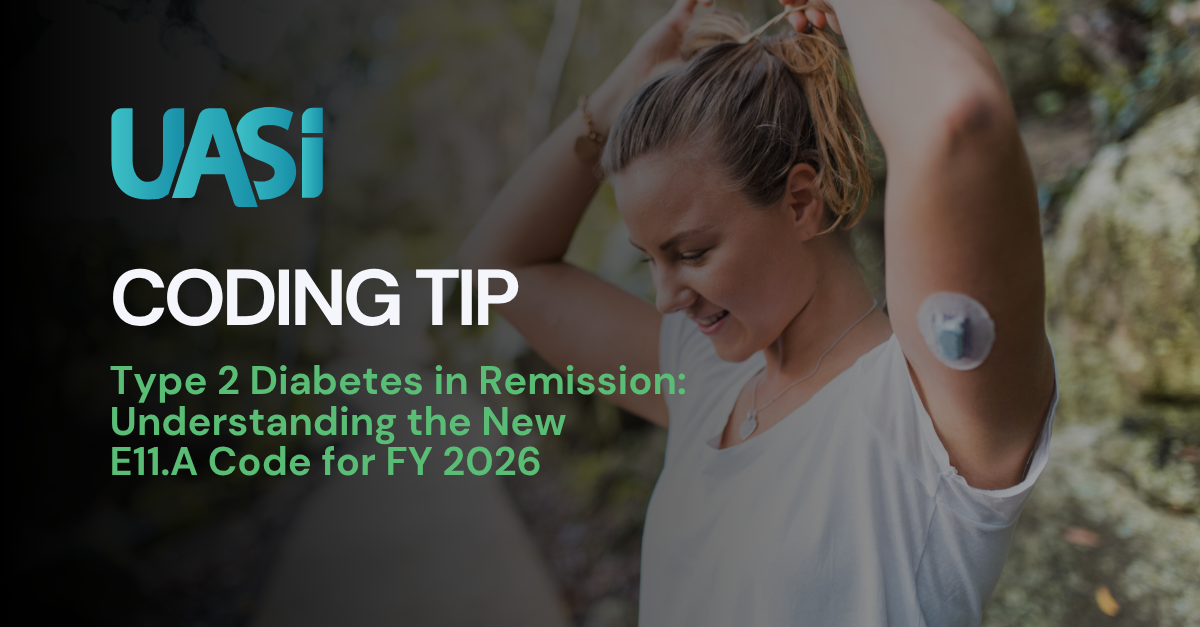By Katie Curry
•
September 26, 2025
In neuroimaging, “extra-axial” doesn’t mean outside the skull, it means outside the brain parenchyma (the brain tissue itself) but still inside the skull. Intra-axial = within the brain tissue (e.g., gliomas, abscesses). Extra-axial = outside the brain tissue but within the cranial cavity (e.g., meningiomas, metastases on the dura, arachnoid cysts, subdural hematomas). So: Outside the skull would be extracranial. Extra-axial means the lesion is intracranial but not in the brain substance. A simple way to remember: Axial = brain substance Extra-axial = outside the brain substance, but inside the head Looking further into a Transcalvarial mass – A transcalvarial mass is a lesion that extends through the calvarium (skull bones), connecting the intracranial (inside the skull) compartment with the extracranial (outside the skull) space. Key points: The calvarium = the dome-like skull bones that encase the brain. "Transcalvarial" = crossing through the calvarium. Seen with aggressive tumors, metastases, or sometimes infections that erode bone. Imaging will often show a continuous mass that breaches both the inner and outer tables of the skull. So, compared to extra-axial (inside skull, outside brain), a transcalvarial mass goes a step further — it escapes the skull. The question is – what is this type of biopsy considered to be? This is one of those “it depends” situations in coding, because a transcalvarial mass spans both intracranial and extracranial compartments. General coding logic: Intracranial procedures (craniotomy/craniectomy approaches, brain or meningeal biopsies) are coded under intracranial biopsy codes. Extracranial procedures (scalp, subcutaneous, or skull-only masses) are coded with extracranial biopsy codes. For a transcalvarial mass, the deciding factor is where the biopsy specimen is obtained: If the surgeon biopsies the intracranial portion (inside the dura or cranial cavity) → code as intracranial. Some Examples: 00B00ZX – Excision of brain, open approach, diagnostic. 00B73ZX – Excision of cerebral hemisphere, percutaneous approach, diagnostic. 00B24ZX – Excision of dura mater, percutaneous endoscopic approach, diagnostic. If the biopsy is from the extracranial portion (outside the skull or superficial component) → code as extracranial. Some Examples: 0JB00ZX – Excision of scalp subcutaneous tissue and fascia, open approach, diagnostic. 0HB1XZX – Excision of facial skin, external approach, diagnostic. 0QB00ZX – Excision of skull (cranial bone), open approach, diagnostic. If documentation doesn’t specify, query the provider, because the coding pathway hinges on the biopsy site. References: Centers for Medicare & Medicaid Services, & National Center for Health Statistics. (2025). ICD-10-PCS official guidelines for coding and reporting, FY 2025. U.S. Department of Health & Human Services. https://www.cms.gov/medicare/icd-10/2025-icd-10-pcs American Hospital Association. (2017). Biopsy coding when lesions cross boundaries. Coding Clinic for ICD-10-CM/PCS, 4th Quarter, 28–29. American Hospital Association. (Ongoing). Coding Clinic for ICD-10-CM/PCS. American Hospital Association. Greenberg, M. S. (2020). Handbook of neurosurgery (9th ed.). Thieme.

